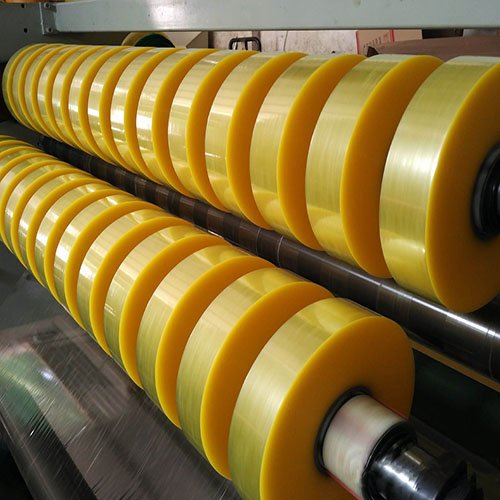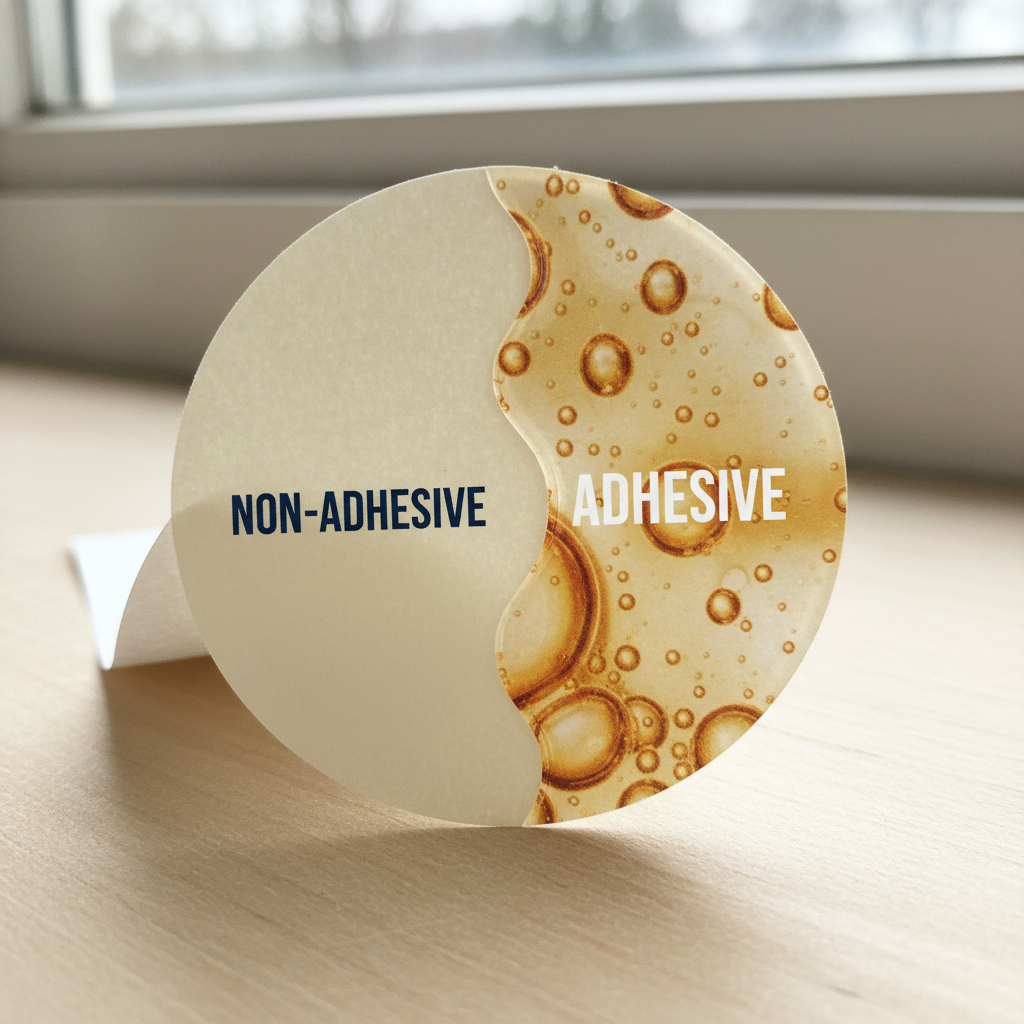Understanding the Relationship Between Foam Tape Foaming Ratio and Thickness: A Practical Guide for Industrial Buyers
Introduction: Foam Tape for Manufacturing and Assembly
Foam tape is a key material driving reliability and performance in modern manufacturing sectors such as automotive, electronics, appliances, and construction. For purchasing managers and engineers, choosing the right foam tape hinges on understanding the impact of both foaming ratio and thickness. These two technical factors play a crucial role in determining tape performance, cost efficiency, and suitability for specific applications.
What Is Foaming Ratio in Foam Tape?
The foaming ratio represents the level of expansion the base polymer (such as PE, EVA, or acrylic) undergoes during the foaming process. A higher foaming ratio produces a foam tape filled with more air cells, resulting in a softer and lighter material. Conversely, a lower foaming ratio yields denser, firmer, and more robust foam tape.
- High foaming ratio: Recommended for areas requiring superior cushioning, flexibility, or gap filling—ideal for electronics assembly, dashboard insulation, or device vibration damping.
- Low foaming ratio: Suited for applications demanding firm support and stability, such as structural bonding in automotive trim or mounting of heavy electrical components.
Selecting the Right Thickness for Foam Tape
Thickness directly affects the tape’s compression properties, sealing capability, and mounting strength:
- Thin foam tape (0.5mm–1mm): Preferred for precision electronics, display modules, and fine gaskets where minimal space is available.
- Medium thickness (1mm–3mm): Frequently selected for appliance assembly, interior automotive fixing, and general sealing tasks.
- Thick foam tape (over 3mm): Applies to construction materials, large machinery, or equipment requiring superior shock absorption and noise reduction.
Choosing the proper thickness ensures that the tape meets the performance demands of its specific industrial use.
How Foaming Ratio and Thickness Work Together
Balancing Softness and Structural Integrity
- At the same thickness, tapes made with higher foaming ratios are noticeably softer and less dense, offering better compliance for vibration mitigation and gap filling.
- Lower foaming ratios, even in thin products, provide more compact structure, higher strength, and greater load-bearing capabilities—making them essential for securing heavier parts or resisting mechanical stress.
Performance Synergy in Real Manufacturing
For instance, in automotive door sealing, a 2mm thick foam tape with a higher foaming ratio ensures tight fit, long-lasting flexibility, and effective noise suppression, contributing directly to improved product quality and customer satisfaction with vehicle performance.
Key Considerations for Industrial Tape Selection
- Environment: Evaluate whether your process involves exposure to moisture, extreme temperatures, or heavy wear.
- Load requirement: Assess the mass and force the tape needs to support, especially for mounting or structural applications.
- Functional priorities: Consider the tape’s role—whether for reducing noise, absorbing shock, or sealing against water and dust.
- Customization: Determine if unique foam properties, shapes, or sizes are needed for your manufacturing line.
Our Advantage in Foam Tape Solutions
Leveraging decades of technical experience and innovation, our company offers highly customizable foam tape options tailored to specific foaming ratios and thicknesses. We deliver zero-defect manufacturing and rapid engineering support, empowering industrial clients to achieve optimal reliability, efficient assembly, and cost competitiveness.



